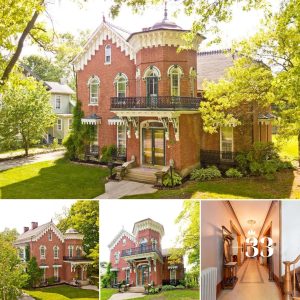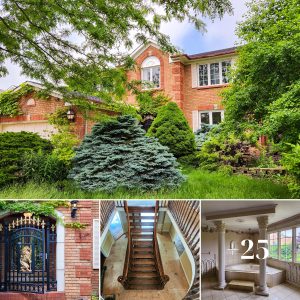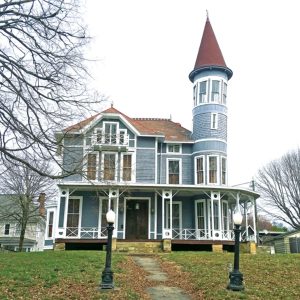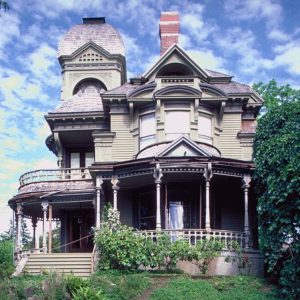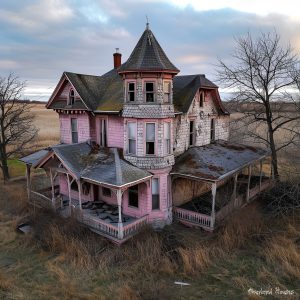Nestled away at the bottom of a hill in Clairton, the eerie little abandoned neighborhood of Lincoln Way had, in its later years, become an attraction for urban explorers and vandals. Consisting of about 30-40 abandoned homes, speculation on the internet about the reason that the homes were abandoned ran wild, and came to be unfortunately defined by an entirely fabricated and ridiculous story of a “Beast of Lincoln Way” terrorizing the residents.
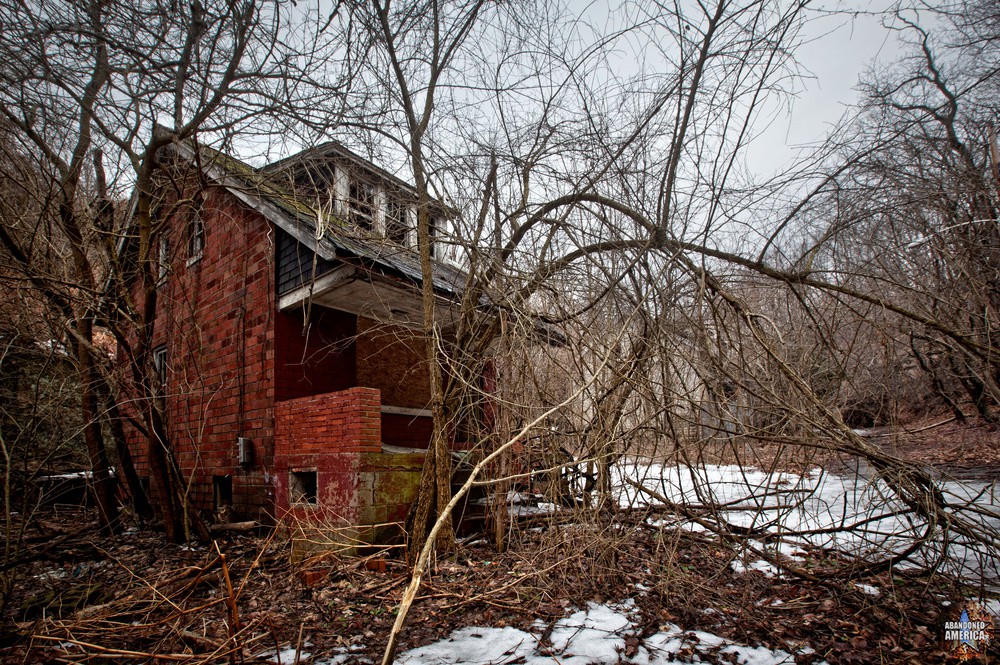
The reality is perhaps more mundane and melancholy. While the history of Lincoln Way is hard to uncover (in part because of the aforementioned monster stories), the first reference I can find to it in local newspapers in in the 1910s. According to this excellent and informative piece on Grounded – one of the few recent articles that actually seems to have spoken with former residents to try to present an account based around facts – Lincoln Way was a “vibrant black community” inhabited by “a bustling enclave of large families that relied on each other. The street was home to a church and several stores. A butcher shop supplied meat from livestock raised behind the homes, and gardens and orchards fed the residents.”
Part of the reason the community needed to have its own infrastructure was the appalling segregation in nearby communities; former resident Mildred Reed notes in her interview with Grounded: “We couldn’t just go to the soda fountain in [the nearby white community of] Wilson. They wouldn’t serve us. We had to be self-sufficient.” Even so, a separate community couldn’t always provide protection – one incident in 1925 described as “one of the most brutal crimes committed in the history of Clairton” by the Pittsburgh Courier occurred when four police officers, called to check on a resident suffering from dementia, decided that the best way to deal with the situation was to throw tear gas through his window, savagely beat him, handcuff him and throw him down the stairs headfirst in front of his wife, shoot him in the hip, then claim that it was because he had shot at them. The police officers were charged with felonious assault and battery but were acquitted as the man was “attempting to resist arrest”.
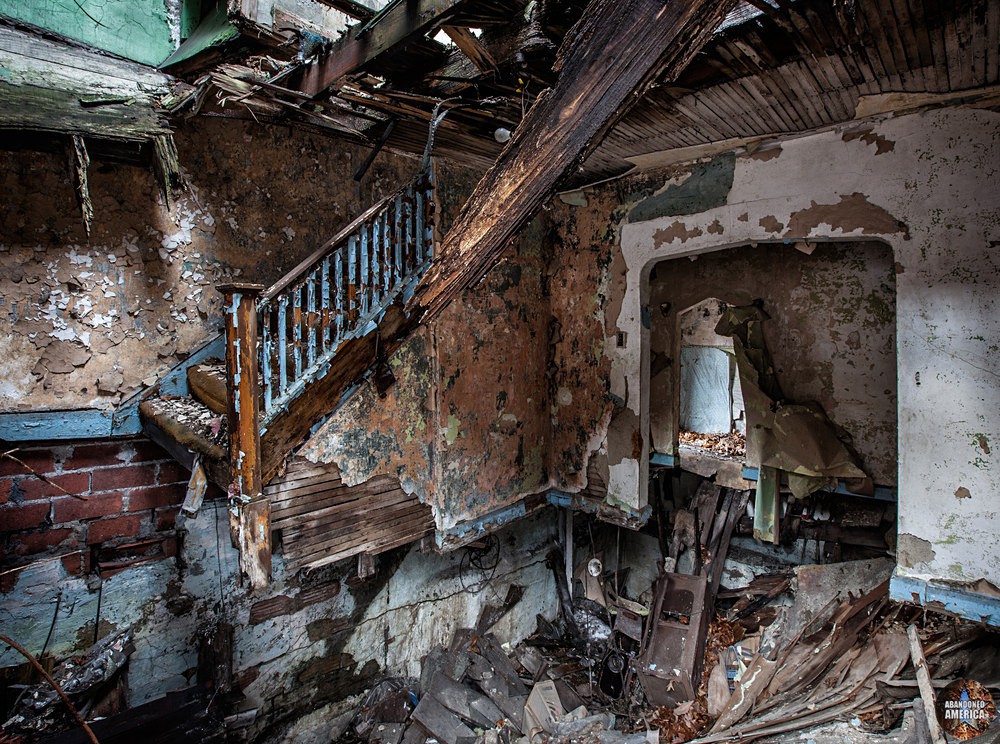 Some of the homes in Lincoln Way in Claiton, PA were dangerously decayed and showed signs they had been uninhabited for decades.
Some of the homes in Lincoln Way in Claiton, PA were dangerously decayed and showed signs they had been uninhabited for decades.There were other periodic crimes and accidents as well; an 18-year old boy accidentally shooting his 13-year old brother, or a man shooting another over a woman – but seem relatively infrequent and not particularly noteworthy overall. Tracing any incident or business in the neighborhood can be extremely difficult, however, because the Lincoln Highway that runs through the state (including the nearby borough of White Oak) is also referred to as Lincoln Way and it can be nearly impossible to differentiate them.
 Abandoned homes like this are what Lincoln Way in Clairton is remembered for by most people, but its true story is shrouded by myths.
Abandoned homes like this are what Lincoln Way in Clairton is remembered for by most people, but its true story is shrouded by myths.As years went on, children who grew up in Lincoln Way left for other areas and husbands who worked at the mill died, leaving widows as Lincoln Way’s primary remaining population. When these elderly residents passed away or were moved to nursing homes, often their belongings were left behind. The effect of a growing number of abandoned homes was devastating to a community already struggling to entice new residents. The last house was vacated in 2012, although vandalism and theft from the others was already a problem.
 Each of the homes at Lincoln Way had its own story, but few many fragments left to put them together.
Each of the homes at Lincoln Way had its own story, but few many fragments left to put them together.In its final days, Lincoln Way was indeed an eerie, post-apocalyptic street. Grimy blinds fluttered in broken windows, toys and mauled stuffed animals lay strewn about the yards of the houses, and the possessions of the former residents were scattered throughout homes as though some great tragedy had taken place there. The reality of the neighborhood’s abandonment is perhaps less sexy and salacious than the ghost stories that inevitably seem to follow derelict locations, but I always find the truth (as best I can discern it, at least) to be more satisfying and respectful. Lincoln Way was a home for many people, at least initially a place where a Black community thrived and was able to find fellowship and acceptance that they were denied in surrounding neighborhoods. As best I can tell it was abandoned when the young people that lived there grew up and decided to find homes that were in other areas and the elderly residents died or were moved to assisted care facilities.
These were the final days of that community, once everyone was gone but the echoes of what they had still remained. That alone, to me, was something well worth visiting and documenting before it vanished forever.
